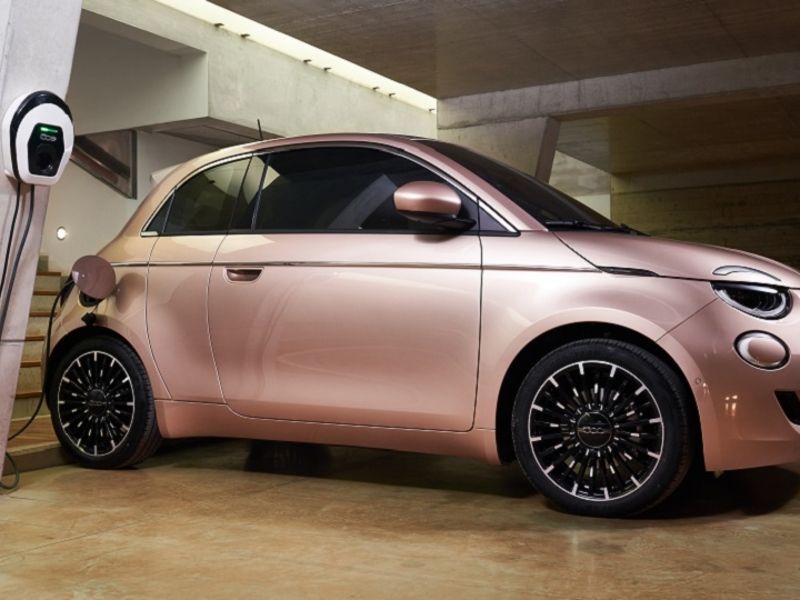
With only so many semiconductors to work with, Stellantis is putting electric cars before combustion-engine vehicles as consumers respond to sweeteners including significant subsidies.
“We will continue to manage all powertrains together but EVs come first,” Anne-Lise Richard, Stellantis’s head of e-mobility, said in an interview in Milan. “We see more costumers that are willing to buy EVs now.”
Demand for EVs has accelerated particularly in Europe, where generous government incentives have made the models attractive relative to traditional cars.
While programs on offer vary from country to country, buyers in Germany can expect to slice 9,000 euros ($10,438) off the sticker price of a fully electric car.
Stellantis, formed from the merger of PSA Group and Fiat Chrysler this year, is spending 30 billion euros on EVs and software to compete with a wave of new electric models from competitors like Volkswagen.
All Stellantis brands including Peugeot, Citroen, Jeep, Ram will launch full-electric vehicles, while its Alfa Romeo, Fiat, Opel, Lancia, DS marques will switch to selling battery-only cars.
Electrified models made up 14 percent of Stellantis’s deliveries during the first half in Europe, and 4 percent in the U.S. By the end of the decade, the carmaker expects their share to rise to 70 percent and 40 percent, respectively.

